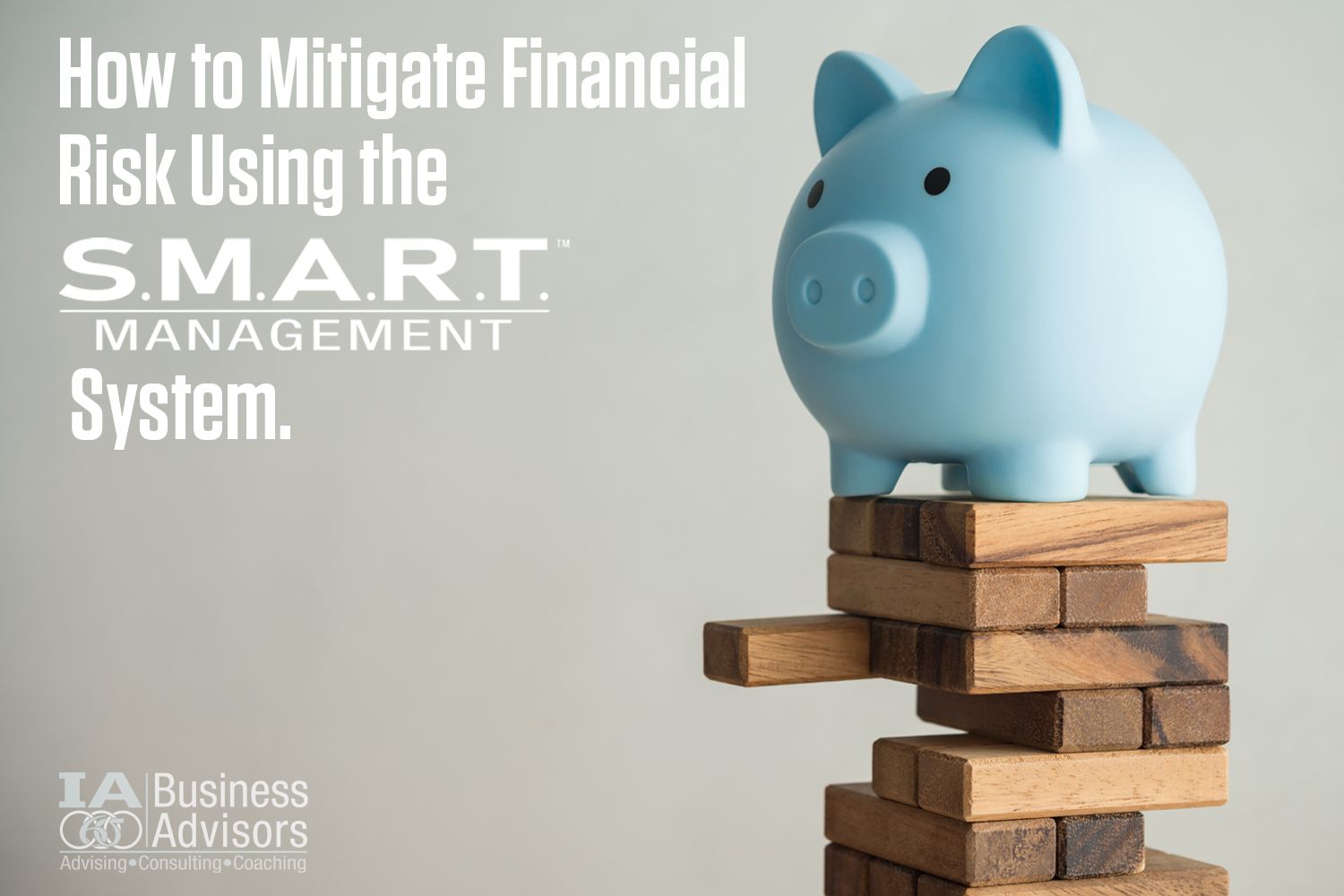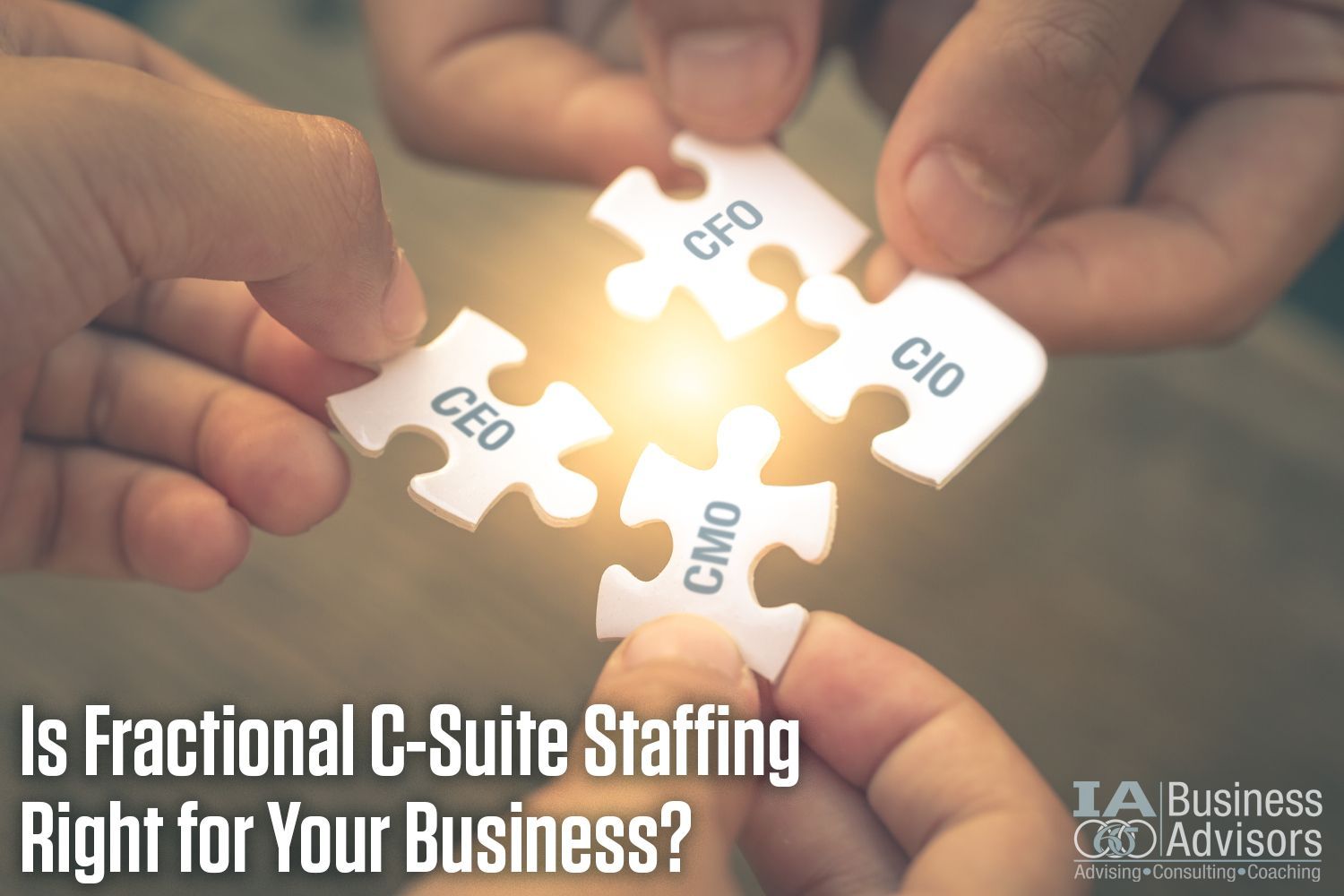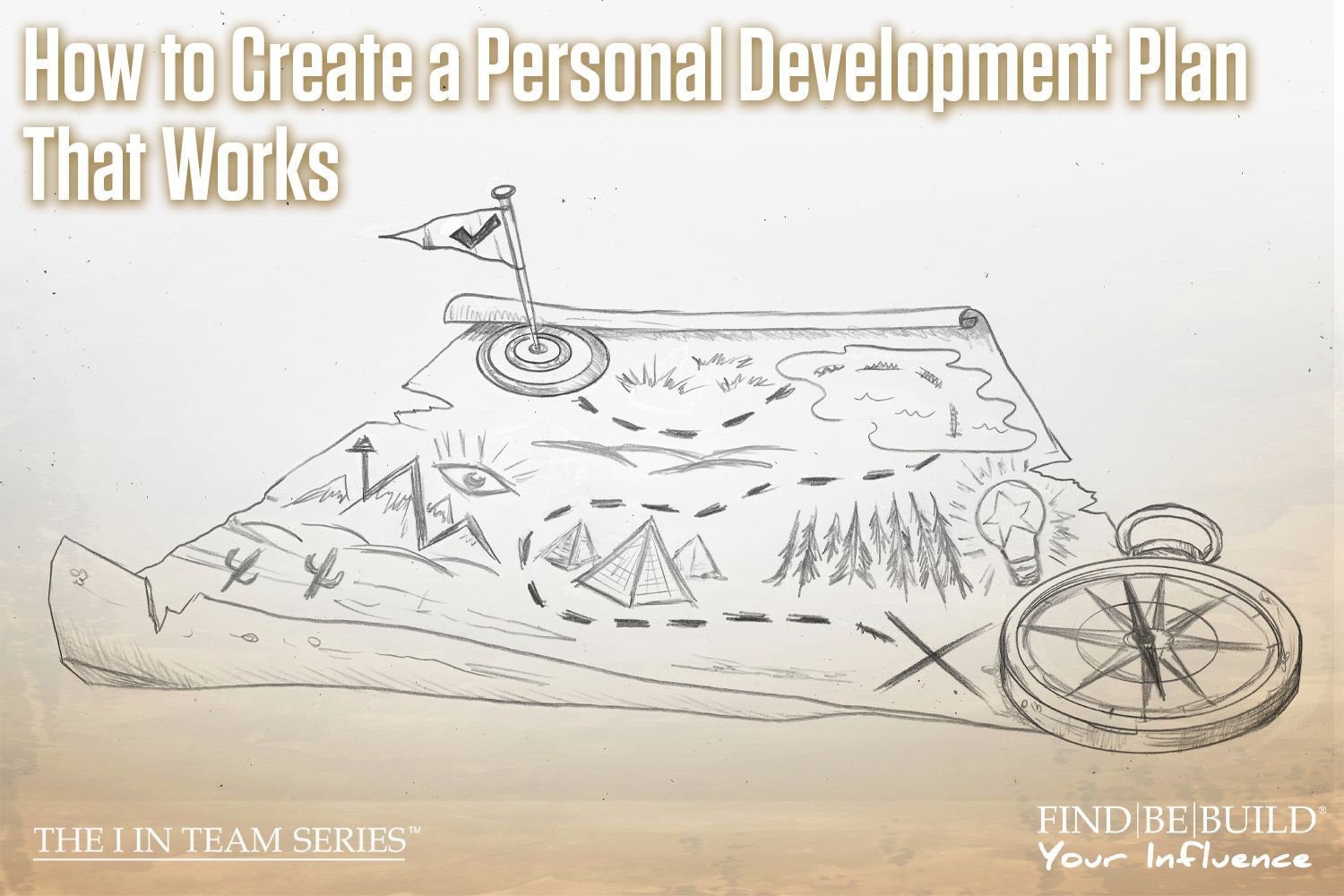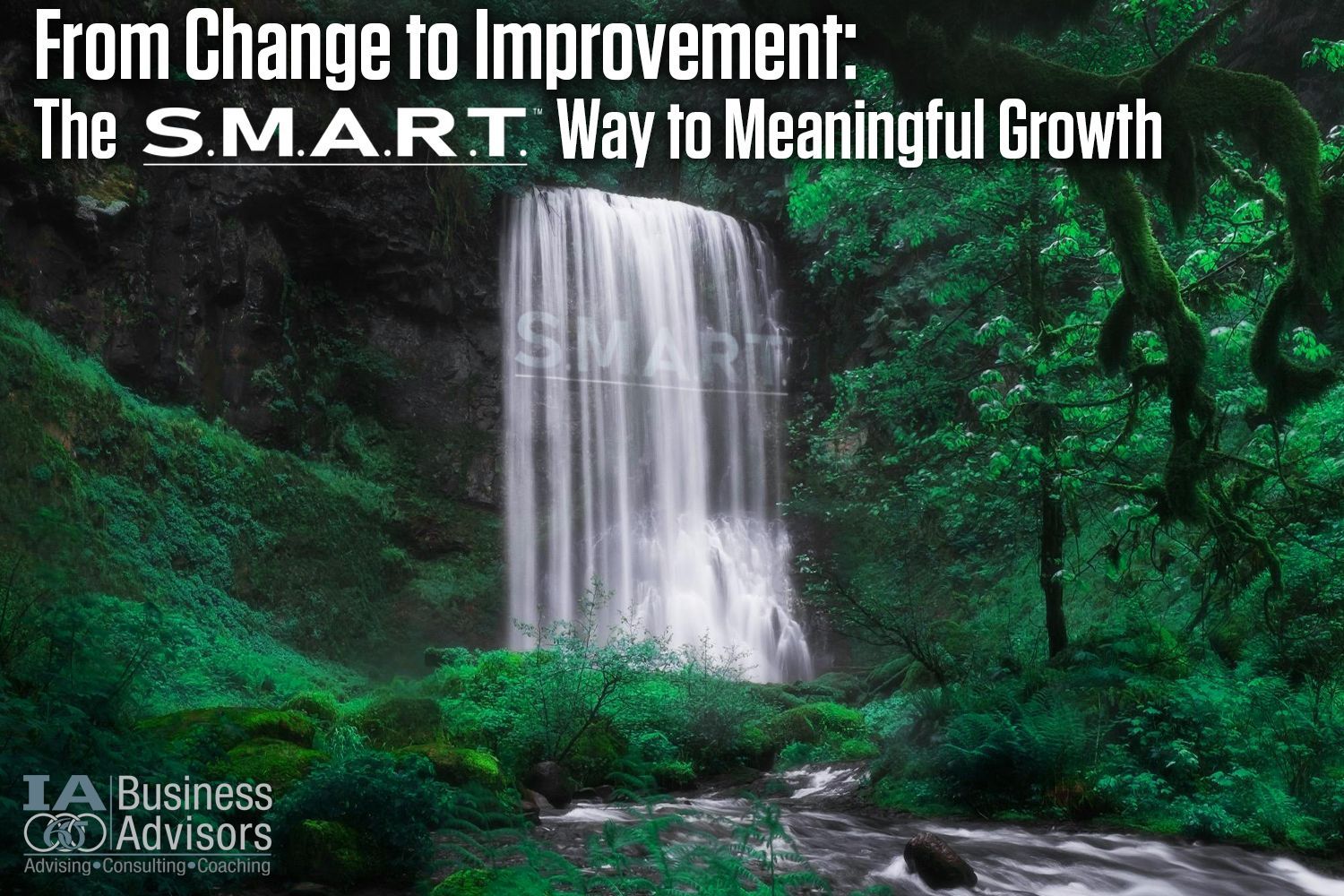Demystifying the Operating Budget – A Key Tool for Small Businesses
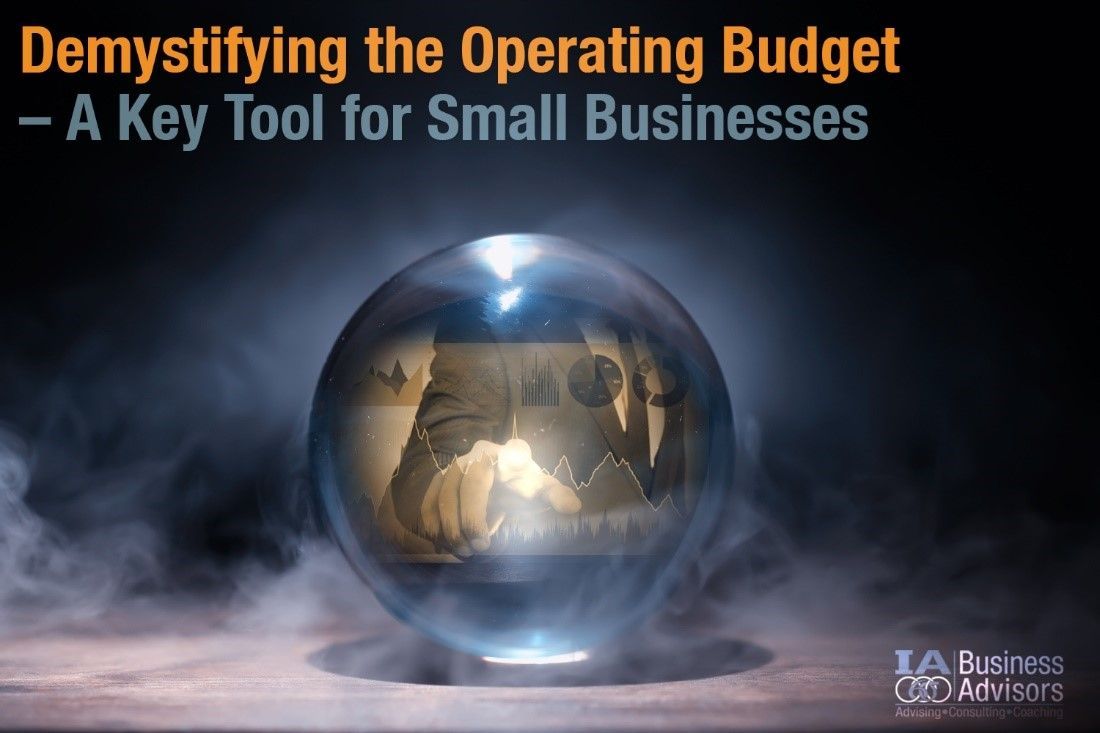
Operating budget consulting
Alright folks. It’s November. The holidays are fast upon us and it’s time to start thinking about next year. A great place to start the planning process is by creating a budget. A financial roadmap for how you expect to perform.
For many small business owners, this can be an intimidating process and a time-consuming one. But as Dwight Eisenhower once quipped, “[i]n preparing for battle I always found that plans are useless, but planning is indispensable.” Yes, a budget isn’t perfect. But it does force you to slow down, to think about different parts of your business, and to consider where things may be out of whack and in need of attention.
In this article, I am going to break down what an Operating Budget is, why it’s critical for your success, and how to put the pieces together. In doing so, I will demystify the process and give you one more tool for your toolkit.
Why is an Operating Budget so Important?
Your operating budget provides crucial insights into the financial state of your business and where it’s headed. It details where your money is coming from and where it is being spent. As such, it is not only a critical planning tool for existing small businesses, but one of the first things that a new owner should put together.
Here are some reasons to have an Operating Budget in place:
- Make good decisions: Think of it like a GPS for your business, guiding you to make S.M.A.R.T. decisions about where to focus your attention. From your budget, you can set goals and then measure each month how you performed against that plan and those goals.
- Direct your focus on growth or cost-cutting: Without a roadmap, it is hard to make good business decisions. Once you’ve built your Operating Budget, you can identify areas to invest or spend more and other areas that you may need to cut back.
- Access to capital: If you are looking to raise capital or secure funding from a bank, you are going to need a rock-solid budget to impress those investors or bankers. Both parties will want to see how you plan on spending those funds and how you will make money.
What the heck is an Operating Budget?
Now, let’s break down the operating budget one piece at a time. At a high level, you have three key components: Revenue, Variable Costs, and Fixed Costs.
Revenue – this is the lifeblood of your business. The sum of what you charge for your products and/or services. One important thing to keep in mind here, sales forecasts often look good. Sometimes too good. That’s why it’s important to review your historical numbers and make sure any forecasts pass the smell test.
Variable Costs – these are the shifty ones. Things like production supplies, sales commissions, direct materials, labor, and the like. Keep a close eye on these as they can change, hence being called variable. While figuring your revenue projections, it is paramount to understand how your variable costs change.
Fixed Costs – items that don’t change on a monthly basis fall here. Rent, insurance, salaries, utilities, phone bills, etc. You need to understand these costs as they can make or break your profitability.
All right, those are the building blocks of your budget. Before we unpack the steps for creating your budget, a quick word to the wise. Building a realistic budget requires clarity, understanding your key assumptions, and relying on facts over wishful thinking. With that in mind, here’s the rundown on what to do and in what order:
Step 1 – Build the Sales Forecast: This is your monthly projection of the services and products you will sell and the revenue that you will earn. It’s important to forecast by month to account for any seasonal fluctuations in your business (e.g., summer or holiday shutdowns).
To start, generate a list of all of the products and/or services that you sell and their price points. To simplify, you can group items together, but the more detailed, the better.
Next, review past sales data. How did you do last year? What were the changes between last year and this year – any new customers added last year, or any customers lost? Using historical data is a good sanity check on your forecast.
Now, pull all of this together and build your monthly sales budget. Be sure to incorporate both current and new customers and adjust for seasonal fluctuations.
Lastly, be sure to account for any new product launches or marketing campaigns that may affect sales volumes.
Step 2 – Budget Your Costs: Time to refer back to those variable costs above – specifically the direct ones. Also known as your costs of goods sold (COGS), calculate your direct costs such as:
- Material costs for your products.
- Cost of labor to build your product or sell your service.
- Packaging, shipping or other direct costs of your product or service.
Step 3 – Operating Expenses: Now, we’re splitting things up into fixed and variable expenses. Using your previous year as a template, identify your fixed and variable costs. Remember, variable costs fluctuate month-to-month while fixed costs are either spread evenly across each month like rent or specific to the month the cost is incurred like an annual software license renewal.
As you add your operating expenses to your budget, you can either forecast the actual costs or use a percentage of revenue. I typically use percent of revenue for the variable costs and actual for fixed.
Step 4 – Plan for the Unexpected: When I’m creating my budget, I err on the side of caution. This is also known as sandbagging. It’s easier to explain an upside miss than being overly optimistic and having to explain to your bank or financial partner a large miss.
I will either be more conservative in my sales budget or inflate some of the percentages in my costs to provide some extra buffer for the unexpected. Another option is to add a line item for reserves. Whatever your preference, a little buffer is better than none.
Step 5 – Making Adjustments: Building a budget should be an iterative process. In other words, start early and review it several times before locking it in. Ask yourself, do the numbers look realistic? Is there enough profit to sustain both the business and your personal needs? If the answer to either question is no, adjust your budget.
Step 6 – Actuals versus Budget: You’ve invested the time and energy into creating your budget. That’s great, but it’s just the beginning. Each month, you want to compare your actual results to what you budgeted. What went right? What went wrong? Are you meeting your projections? Using this feedback, make the adjustments in your business to get back on track or to take advantage of a new opportunity.
There you have it. Budgeting for small business demystified. It might seem like a lot of work, but trust me, it’s worth it. With the right approach and putting in the reps, you are setting yourself up for success. And avoiding the pitfalls from poor or no planning. If you need some extra help, feel free to reach out. We’re here to help!
The post Demystifying the Operating Budget – A Key Tool for Small Businesses appeared first on IA Business Advisors.
